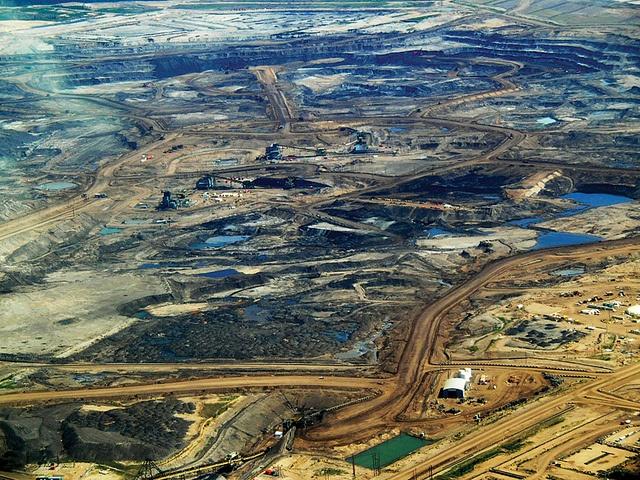
Carbon capture and storage (CCS) is still overlooked when it comes to an overall discussion of the global clean energy and clean technology sectors.
While the physics behind the concept of CCS makes logical sense, many governments and companies are unwilling to invest in such projects, as the costs are believed by many within the energy sector to be far too expensive for what is often viewed as an unproven technology.
A handful of projects exist across the globe, but others have languished or have even been canceled because of their 10-figure price tags. Therefore, Shell’s US$1 billion Quest CCS project in Alberta’s oil sands will serve as a barometer of whether CCS will catch on across the globe or be brushed aside for other clean technology solutions.
First announced over three years ago, Quest recently started its commercial operations. Located about 18 miles (30 kilometers) northeast of Edmonton, Alberta, Canada, the project will capture about a third of the emissions from Shell’s Scotford upgrader, a facility that churns bitumen from excavated oil sands into synthetic crude. Trapped emissions in turn are then forced through a 40-mile pipeline, and then are injected 1.2 miles underground into what Shell says are impermeable rock formations. The Quest project underwent a pilot run earlier this year, during which 200,000 tons of carbon dioxide were sequestered without any incident.
Shell touts several benefits of the project. On the economic front, the company says almost 2,000 people were involved with Quest’s concept, design and construction, with an average of 400 skilled workers employed for approximately 30 months. Then there are the environmental benefits. During its operation, the plant should be able to capture and then sequester about 1 million tons of CO2 annually — which according to Shell is the equivalent of removing 250,000 cars from the road. While Shell is the majority owner (Chevron and Marathon Oil each have a 20 percent stake in Quest), the project was heavily subsidized. In fact, almost two-thirds of the project was funded publicly, mostly from Alberta’s provincial government, with the federal government of Canada also making a contribution.
In return for receiving those subsides, Shell insists it is going to share information on Quest’s design and operations publicly so that CCS can gain traction across the globe. Of the world’s largest energy companies, Shell has been most aggressive when it comes to CCS, with similar projects underway in Australia, Norway and the United Kingdom. But overall, CSS confronts strong headwinds worldwide, especially in North America.
Last week the Obama administration shut down the Keystone XL pipeline project, which is a huge setback for energy companies that have invested in the oil sands. Plunging global petroleum prices have made the oil sands a less financially attractive option, and claims that Keystone is a “jobs creator” ring hollow when U.S. unemployment has dropped to 5 percent. Furthermore, the technology is just too expensive — many energy companies and utilities are not willing to spend money on a project that is still in the beta testing stage. Some environmental advocacy groups, including Greenpeace, argue that monies for CCS projects should be diverted to accelerating the deployment of renewable energy worldwide.
Nevertheless, despite the narrowing price parity between renewable and conventional sources of energy, gasoline and diesel will still be the fuel of choice for automobiles and trucks for at least the next few decades. And the adoption of CCS has the potential to improve the oil extraction rates of existing oil fields. For example, in partnership with the renewable energy company Masdar, Abu Dhabi’s national oil company, ADNOC, is building a CCS plant to improve recovery rates in oil fields outside the UAE capital.
If the Quest project can prove to to be an asset and not a liability for Shell, watch for its competitors to take notice and launch similar projects across the globe.
Image credit: Flickr/Howl Arts Collective

Leon Kaye has written for 3p since 2010 and become executive editor in 2018. His previous work includes writing for the Guardian as well as other online and print publications. In addition, he's worked in sales executive roles within technology and financial research companies, as well as for a public relations firm, for which he consulted with one of the globe’s leading sustainability initiatives. Currently living in Central California, he’s traveled to 70-plus countries and has lived and worked in South Korea, the United Arab Emirates and Uruguay.
Leon’s an alum of Fresno State, the University of Maryland, Baltimore County and the University of Southern California's Marshall Business School. He enjoys traveling abroad as well as exploring California’s Central Coast and the Sierra Nevadas.














